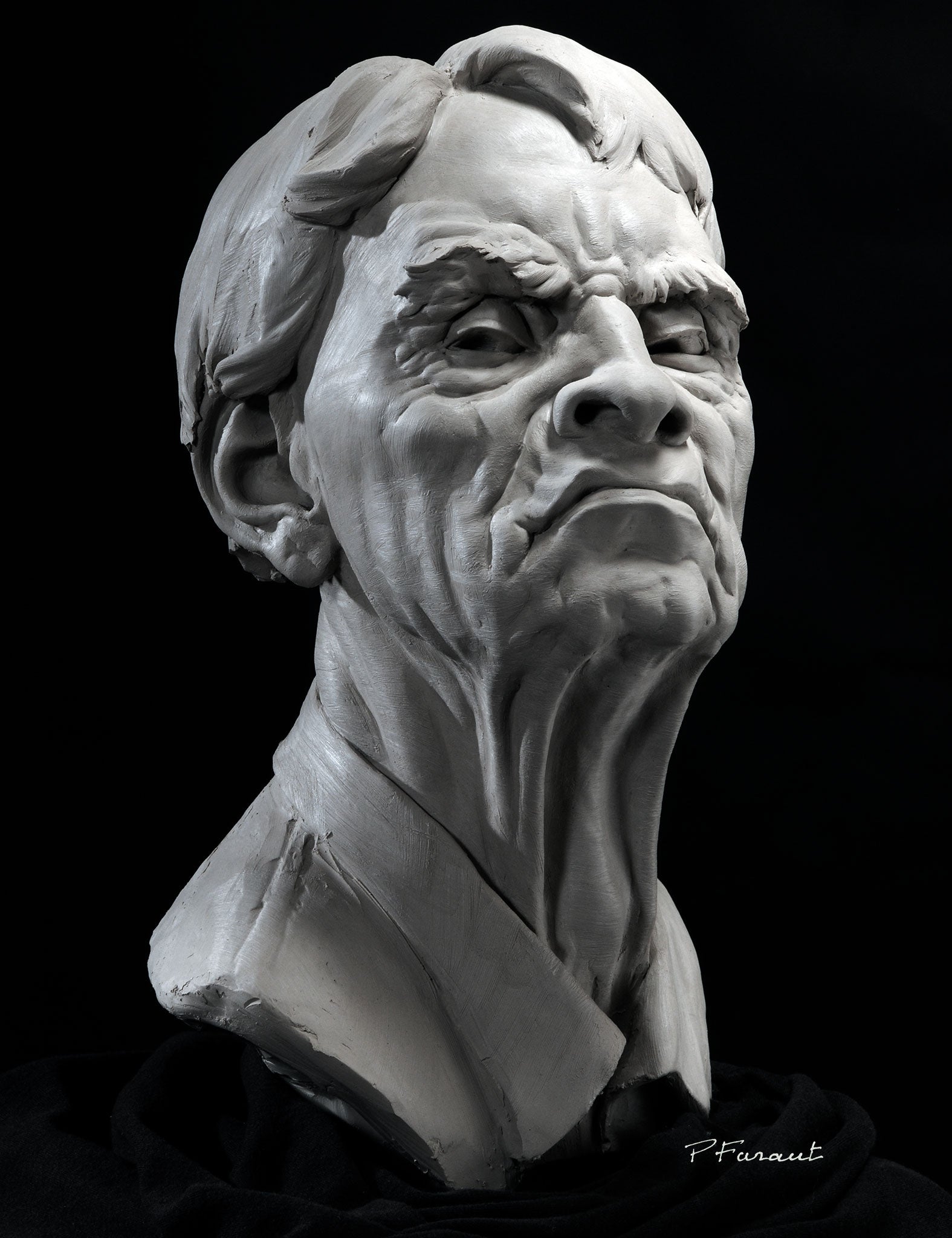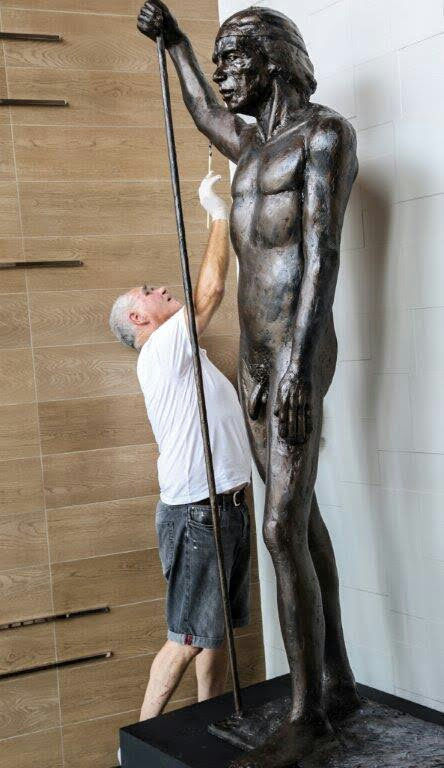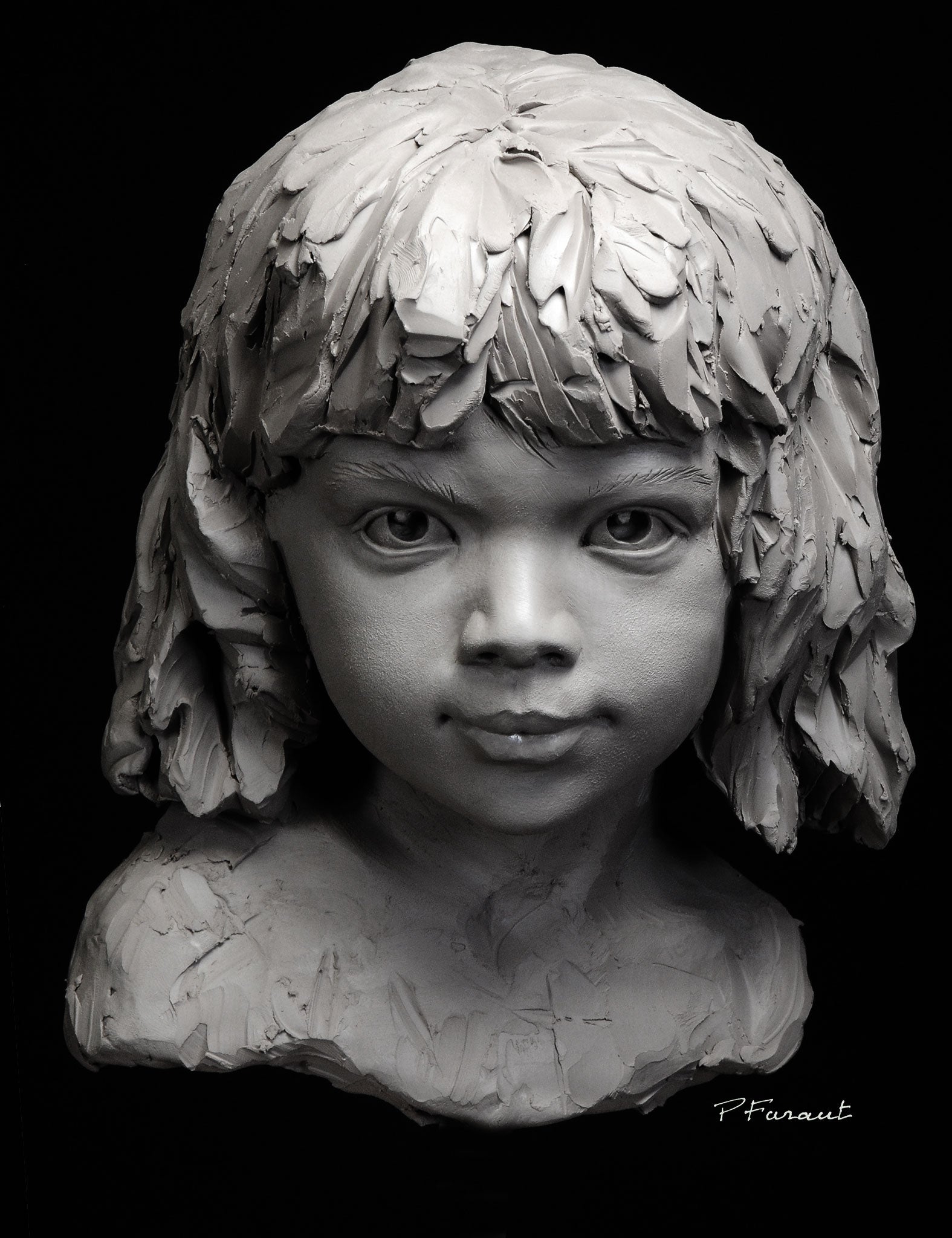Bronze Sculptures: Timeless Artistry Cast in Bronze
Wiki Article
The Influence of Nature in Sculpture Art
The impact of nature in sculpture art is a topic that has actually astounded artists throughout history. From ancient civilizations to modern musicians, the all-natural globe has actually served as a profound source of motivation. This impact is evident in the natural kinds and forms that are often found in sculpture, mimicking the contours and shapes of nature. Artists additionally check out texture and materials in their work, seeking to recreate the tactile high qualities of the environment. Symbolism of natural components is another method which nature influences sculpture, as artists imbue their creations with the definition and associations integral in these aspects. The atmosphere itself, with its landscapes, plants, and animals, is commonly mirrored in sculptures, offering a connection to the globe around us. Ultimately, sculpture art has the power to capture the transience of nature, cold a moment in time and allowing us to value its elegance .Organic Forms and Shapes
Organic forms and kinds, influenced by the harmonious frameworks and complex patterns found in nature, play a pivotal role in the realm of sculpture art. Artists have actually long been captivated by the elegance and complexity of the all-natural globe, discovering ideas in the stylish curves of a seashell, the delicate flowers of a flower, or the turning branches of a tree. By copying and extracting these organic kinds, musicians have the ability to produce sculptures that stimulate a sense of harmony and balance.Among the factors organic forms and forms are so common in sculpture art is their capability to get in touch with audiences on a deep emotional degree. The all-natural globe is familiar to us all, and when we see these kinds stood for in art, it elicits a sense of comfort and acknowledgment. It advises us of our location in the grand plan of points and enables us to get in touch with something more than ourselves.
Additionally, natural forms and forms in sculpture art frequently personify a sense of motion and energy. The streaming lines and dynamic compositions resemble the consistent motion and development discovered in nature. This produces a sense of vigor and brings sculptures to life, making them show up as if they could continue to develop and change before our eyes.
Texture and Material Expedition
A considerable element of sculpture art influenced naturally is the exploration of texture and products via using various techniques and mediums. Artists frequently draw inspiration from the diverse structures found in the all-natural globe, such as the harsh bark of a tree, the smooth surface area of a pebble, or the intricate patterns on a fallen leave. By incorporating these structures into their job, carvers can develop a tactile experience for audiences, welcoming them to engage with the art work on a sensory level.Appearance can be accomplished in sculpture through a selection of approaches. Some artists pick to carve or form straight into the picked material, producing a three-dimensional surface area that mimics the structures found in nature. Others might use methods such as molding or casting to capture the details of natural structures. Furthermore, artists might try out various materials, such as timber, clay, rock, or metal, each providing its own one-of-a-kind texture and visual charm.
Product exploration is additionally a considerable part of sculpture art influenced naturally. Artists might venture right into undiscovered territory, looking for new materials that evoke the essence of the environment. They may integrate natural elements like branches, leaves, or even soil into their sculptures, blurring the borders in between art and the setting. By pushing the boundaries of conventional products and techniques, artists can produce conceptually abundant and visually stunning jobs that commemorate the elegance and diversity of nature.
Symbolism of Natural Aspects
The consolidation of natural environments in sculpture art adds a layer of importance and depth to the art work. By making use of materials located in nature, carvers are able to imbue their creations with definition that reverberates with audiences on a profound degree. Natural environments such as timber, stone, and plants have actually been made use of throughout history to convey numerous symbolic messages.Wood, for instance, frequently stands for durability, stamina, and development. Sculptures crafted from this product can evoke a sense of connection to the earth and the cycles of life. Stone, on the various other hand, is frequently connected with permanence and endurance. Sculptures sculpted from stone can represent the classic nature of particular ideas or principles.
Plants and flowers are additionally regularly incorporated into sculpture art, standing for motifs of development, revival, and appeal. The fragile flowers and lively colors of flowers can evoke sensations of joy, while the linking branches of plants can symbolize interconnectedness and unity.
In enhancement to these all-natural products, sculptors may also utilize natural components such as fire, water, or wind to even more enhance the symbolic message of their art work. These aspects can stand for the transformative power of nature, the passage of time, or the forces that form our world.

Reflections of the Atmosphere
Reflections of the Environment can be seen in sculpture art through the consolidation of natural environments and the portrayal of ecological themes. Carvers typically attract motivation from the environment, making use of materials such as timber, stone, and even recycled materials to produce their art work. By using these all-natural components, they not just pay tribute to the environment however also develop a stronger connection in between the art work and its surroundings.In enhancement to the materials made use of, sculpture art additionally mirrors the environment through the representation of ecological themes. Numerous sculptors choose to depict pets, plants, or landscapes in their work, highlighting the elegance and fragility of the natural world. These sculptures serve as tips of the importance of preserving our environment and the requirement for sustainable methods.

Additionally, ecological sculptures often intend to raise understanding regarding pushing environmental problems. They act as graphes of the influence of human activities on the environment, such as pollution, logging, or climate change. By depicting these issues in their why not try this out artwork, carvers intend to influence customers to do something about it and come to be much more mindful of their very own ecological impact.
Catching the Transience of Nature
Sculpture musicians better explore the influence of nature by masterfully catching the ever-changing and ephemeral elements of the natural globe. Through their artistry, these artists intend to illustrate the fleeting charm and transience of nature, evoking a sense of wonder and consideration in customers.One way in which sculpture musicians record the transience of nature is by making use of products that are themselves subject to degeneration and modification. Artists might pick to work with natural materials such as fallen leaves, flowers, or wood, which naturally degrade over time. This deliberate option highlights the brevity of nature and advises us of the inescapable cycle of life and fatality.
Furthermore, sculpture artists commonly utilize strategies that develop a feeling of movement and fluidity in their job. By integrating flowing lines and dynamic forms, they convey the ever-changing nature of the environment. This can be seen in sculptures influenced by wind, water, or the growth of plants, where the artist seeks to record the significance of continuous activity and change.
In addition, some musicians choose to create site-specific or momentary setups that communicate with the setting. These ephemeral sculptures, made from materials such as sand, light, or ice, are intentionally designed to slowly go away or alter over time. By embracing the short-term nature of their productions, artists invite viewers to show on the short lived beauty of the environment and the impermanence of human existence.

Final Thought
In final thought, nature has an extensive impact on sculpture art (Robert C Hitchcock Sculptor). Texture and product exploration further boost the link to nature, as artists commonly incorporate natural products right into their sculptures.
Significance of all-natural aspects is an additional means in which nature affects sculpture, as artists imbue their productions with the meaning and organizations fundamental in these components.A significant facet of sculpture art influenced by nature is the exploration of appearance and materials with the use of various strategies and mediums (Equine Sculptures).Product exploration is additionally a substantial component of sculpture art influenced by nature.One method in which sculpture artists record the transience of nature is by using materials that are themselves subject to decay and modification. Structure and product exploration further improve the link to nature, as musicians commonly include all-natural products right into their sculptures
Report this wiki page